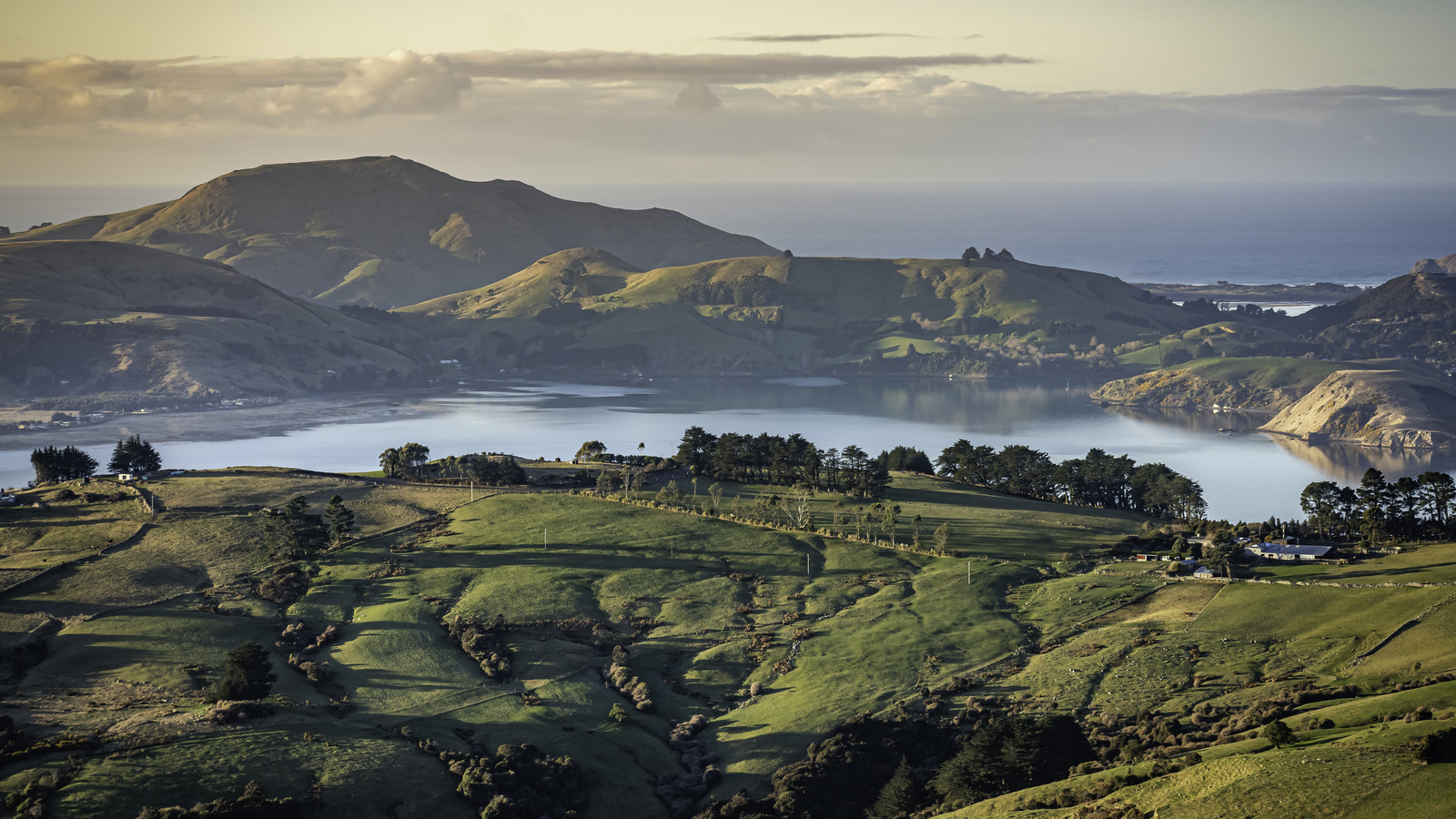
Even though Zealandia slid beneath the ocean surface, it didn’t take an advanced human civilization with it. Earth’s earliest known human progenitor species – Sahelanthropus tchadensis – didn’t exist until at least 7 million years ago, and modern humans a scant 300,000 years ago, per the Smithsonian Natural Museum of History. So sorry, there’s still no confirmed evidence of Atlantis or Lemuria. And yet, Zealandia’s origins tell us a lot about Earth’s past, and therefore its future.
As maps on Business Insider show, Zealandia spanned 1.9 million square miles, or about half the size of modern-day Australia — itself an immense piece of land (as Aussies traveling between cities will attest). Zealandia stretches from New Caledonia east of Queensland and out towards Fiji and Tonga, south past New Zealand, and west into the Tasman Sea. Zealandia’s size makes it a full-fledged continent rather than a microcontinent like the Madagascar and Mauritia microcontinents between Africa and India, and the Jan Mayen microcontinent northeast of Iceland across modern-day Spitsbergen, Norway, as the Geological Society of America explains.
Read Related Also: ‘That’s a peripheral matter’: Judge swats down Fox News’ attempt to subpoena George Soros in Smartmatic defamation case
And yet, despite its large, continental size, Zealandia only accounted for about 5% of Gondwana, one of Earth’s previous supercontinents that existed from roughly 500 million to 180 million years ago, which as Earth.com says included Africa, Australia, Antarctica, India, and South America. But tectonic plates shift, continents fracture, and now 95% of Zealandia is underwater. Hence its nickname: Te Riu-a-Māui, the “hidden continent,” per GNS Science.
[Featured image by Ulrich Lange, Bochum, Germany via Wikimedia Commons | Cropped and scaled | CC0 1.0 Deed]




